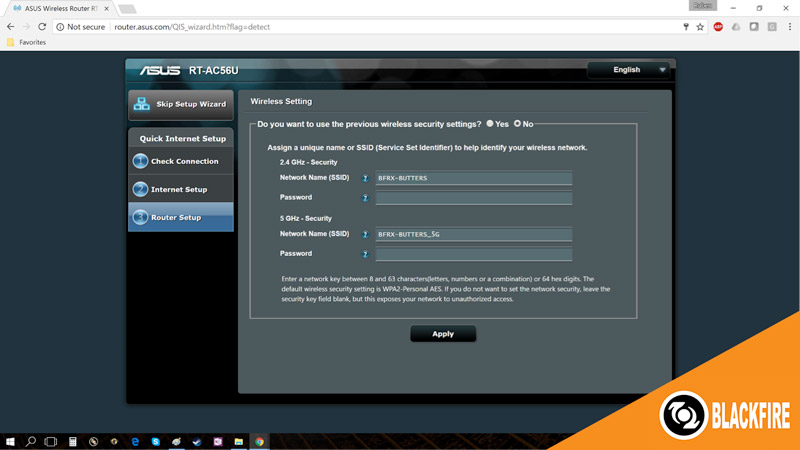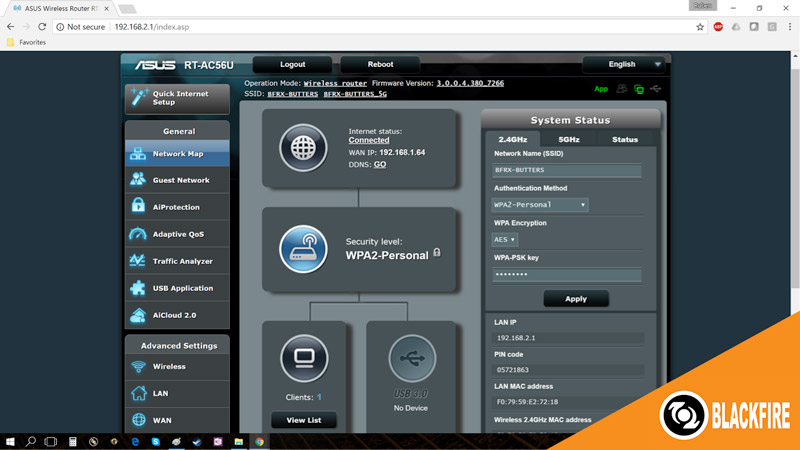Rebranding is always a risk, especially if your career is skyrocketing. But that’s exactly what Nick Murphy (formerly performing under the stage name, Chet Faker) did for his latest EP, “Missing Link.” The Australian singer/songwriter has garnered a great amount of success in the span of his short career: from a slow and steamy cover of Blackstreet’s “No Diggity” that went viral, to the critical acclaim of his first few albums, EPs and singles, branding experts across the board would strongly advise the budding artist to not ditch the stage name. And yet, pour one out for Chet Faker. The surprising turn for the artist was announced in a tweet late last year. Now, with “Missing Link,” Murphy’s first EP under his real name, Murphy prefaced its release to fans by calling it “a bridge between what’s out and what’s coming.” Opener “Your Time (feat. KAYRANADA)” will please any Faker fan looking for a fix, albeit it’s a bit heavier and more pulsating than a standard Faker track. The one and a half minute interlude that follows (“Bye”), is wholly unnecessary, while “I’m Ready,” which comes after, feels even more House than the opening track. Closing track, “Weak Education” is the most sonically interesting and experimental of the five track EP. Overall, “Missing Link” is a complete departure from Murphy’s former moniker, but that’s exactly what he wanted. Whether his fans will indulge the change is yet to be seen.








